Butterflies of Alabama
KC Clark - Zone 2012-6a OH
12 years ago
Related Stories

NATIVE PLANTSGreat Design Plant: Wild Bergamot, Friend of Foragers
Nourish butterflies and other winged creatures with the tubular flowers of Monarda fistulosa, a pretty pink native
Full Story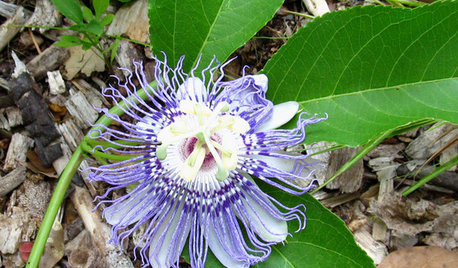
GARDENING GUIDESGreat Design Plant: Passiflora Incarnata
Enjoy the amazing flowers and edible fruit of U.S. native Passiflora incarnata (also known as maypop) — the butterflies sure do
Full Story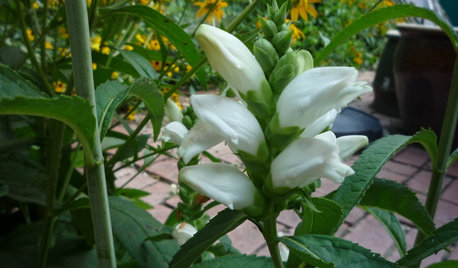
GARDENING GUIDESGreat Design Plant: Chelone Glabra
White turtlehead is perfect for rain gardens and moonlit strolls; plant this butterfly host in spring for subtle style in late summer
Full Story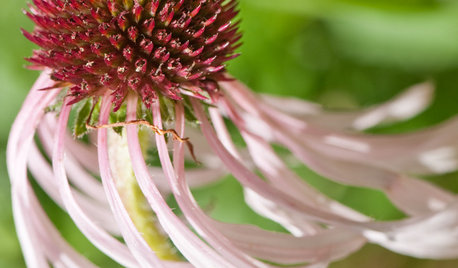
GARDENING GUIDESGreat Design Plant: Echinacea Pallida
Plant pale purple coneflower in perennial gardens or informal prairie plantings for spring blooms, bees and butterflies
Full Story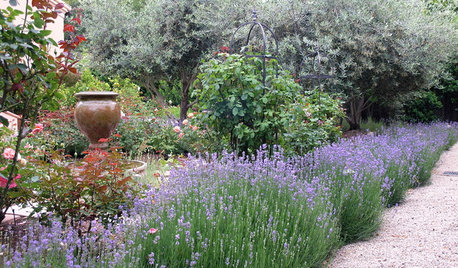
FLOWERSHerb Garden Essentials: Grow Your Own Fragrant Lavender
This do-it-all plant is ideal for almost any garden, and its uses are abundant around the home
Full Story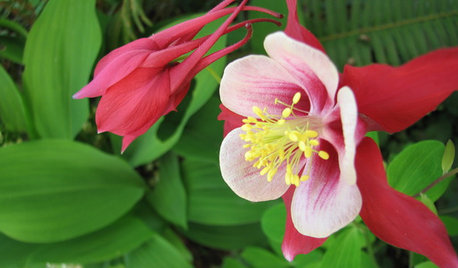
GARDENING FOR BUTTERFLIESGreat Design Plant: Columbine Grows Happily in Shade and Sun
Its ethereal beauty comes from complex forms and wide-ranging colors, but columbine’s benefits are highly attractive too
Full Story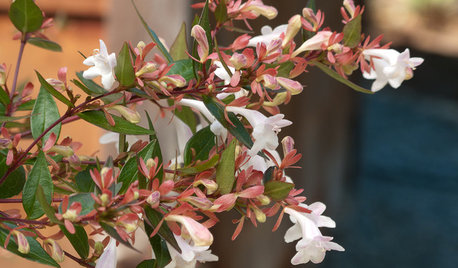
GARDENING GUIDESGreat Design Plant: Glossy Abelia for Year-Round Beauty
Fragrant flowers, burgundy foliage and hummingbird allure. Deer shun this shrub, but it's a 5-star performer you'll love
Full Story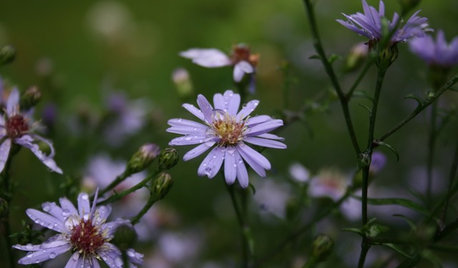
FLOWERS6 Overlooked Asters for Tough Spots
Whether your garden has baking sun or dry dense shade, boggy soil or sandy gravel, there's an aster for that
Full Story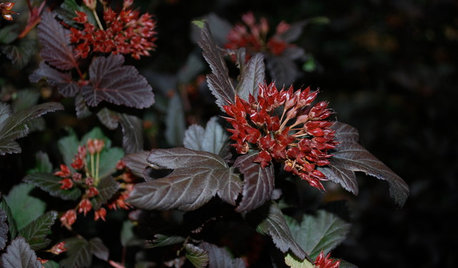
LANDSCAPE DESIGNGreat Design Plant: Sun-Loving Ninebark Puts on a Color Show
This tall, dark and handsome native shrub is equally at home in jeans and boots or in a suit and tie
Full Story
GRASSESHow to Rock a Lawn
Weekend Project: The key to healthy grass begins with the soil. If turf works for you, here’s how to fix it and keep it looking its best
Full Story






MissSherry
dragonflydee
Related Professionals
Danbury Landscape Architects & Landscape Designers · Arnold Landscape Architects & Landscape Designers · Beachwood Landscape Architects & Landscape Designers · Erie Landscape Architects & Landscape Designers · Forest Park Landscape Architects & Landscape Designers · Brookfield Landscape Contractors · Leicester Landscape Contractors · Kendall Fence Contractors · Leander Fence Contractors · Houston Window Contractors · Artesia Window Contractors · Crestwood Window Contractors · Fort Washington Window Contractors · Minnetonka Window Contractors · Payson Window ContractorsMissSherry